Bucharest's Hidden Stories: A Sex Worker’s Journey
Join us for a captivating free walking tour exploring Bucharest through the eyes of a sex worker, revealing the city's rich history and vibrant culture.
Time
3 Hours
Stops
9 Places
Distance
6.1 km
Piața Unirii
Begin your journey at Piața Unirii, one of the largest squares in central Bucharest, surrounded by historic buildings and bustling streets.
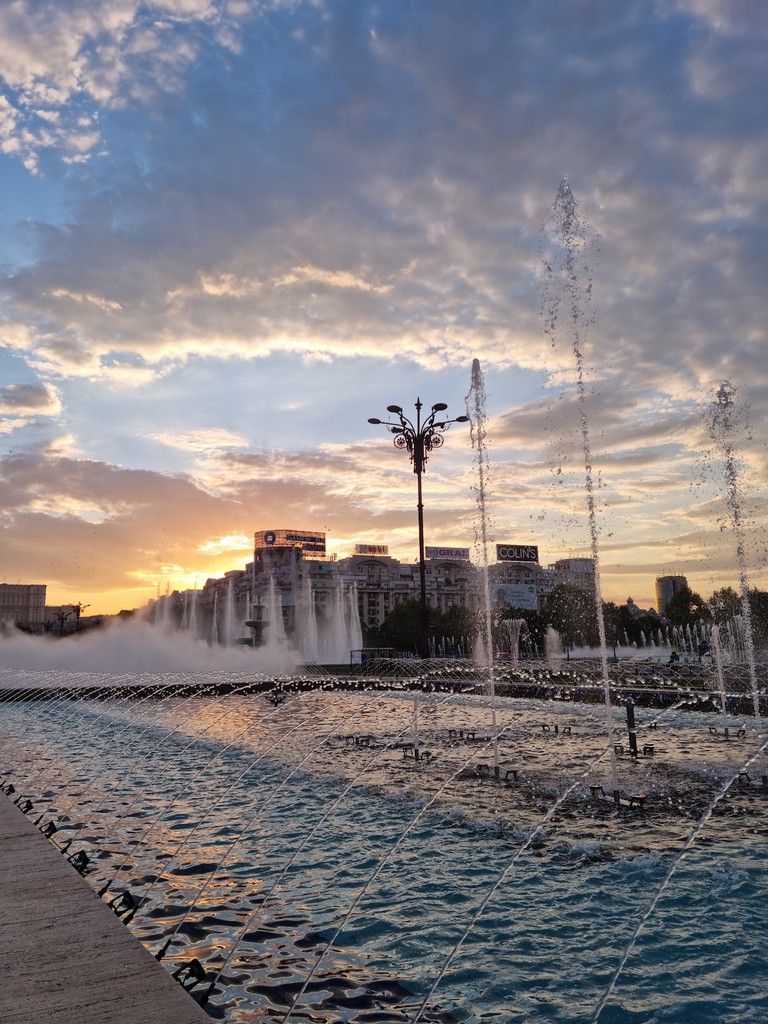
Piața Unirii (Source: Google Maps)
Piața Unirii is one of the largest squares in Bucharest, serving as a central point for both locals and tourists. It is surrounded by impressive historic buildings and is a hub of activity. The square also features fountains and sculptures that enhance its aesthetic appeal, making it a significant landmark. Historically, Piața Unirii has played a crucial role in the city’s development, often hosting important events and gatherings. Its spacious layout allows for various activities, from public demonstrations to cultural festivals, embodying the spirit of Bucharest.
Manuc's Inn (Hanul lui Manuc)
Located in the Lipscani area, this historic inn is one of the oldest operating hotels in Bucharest, offering a glimpse into the city's past hospitality traditions.
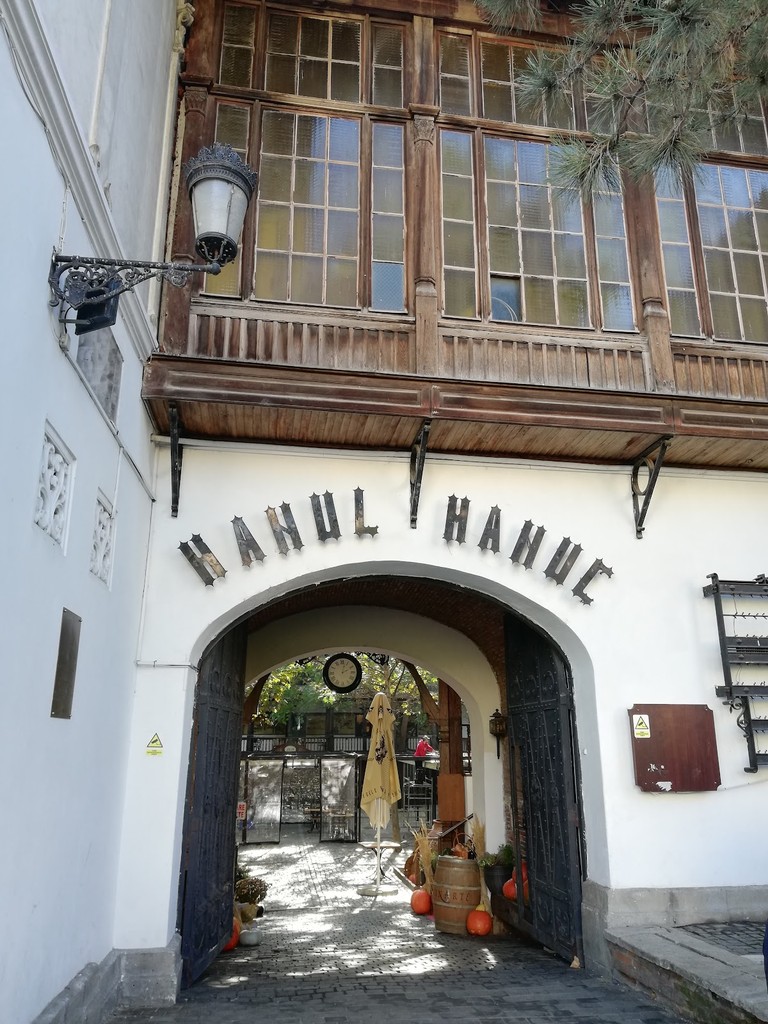
Manuc's Inn (Hanul lui Manuc) (Source: Google Maps)
Manuc's Inn is a historic landmark in Bucharest, renowned as one of the oldest operating hotels in the city. Established in the early 19th century, it served as a vital stop for travelers and merchants. The inn features a unique architectural style that blends elements of Romanian and Ottoman design, with a charming courtyard that reflects its historical significance. It was not only a place for lodging but also a center for trade and cultural exchange, making it a vital part of Bucharest's social fabric. Today, it stands as a testament to the city’s rich hospitality traditions.
Palace of the Parliament
Just a short walk from Piața Unirii, this colossal building is the second largest administrative building in the world and a testament to Romania's communist past.
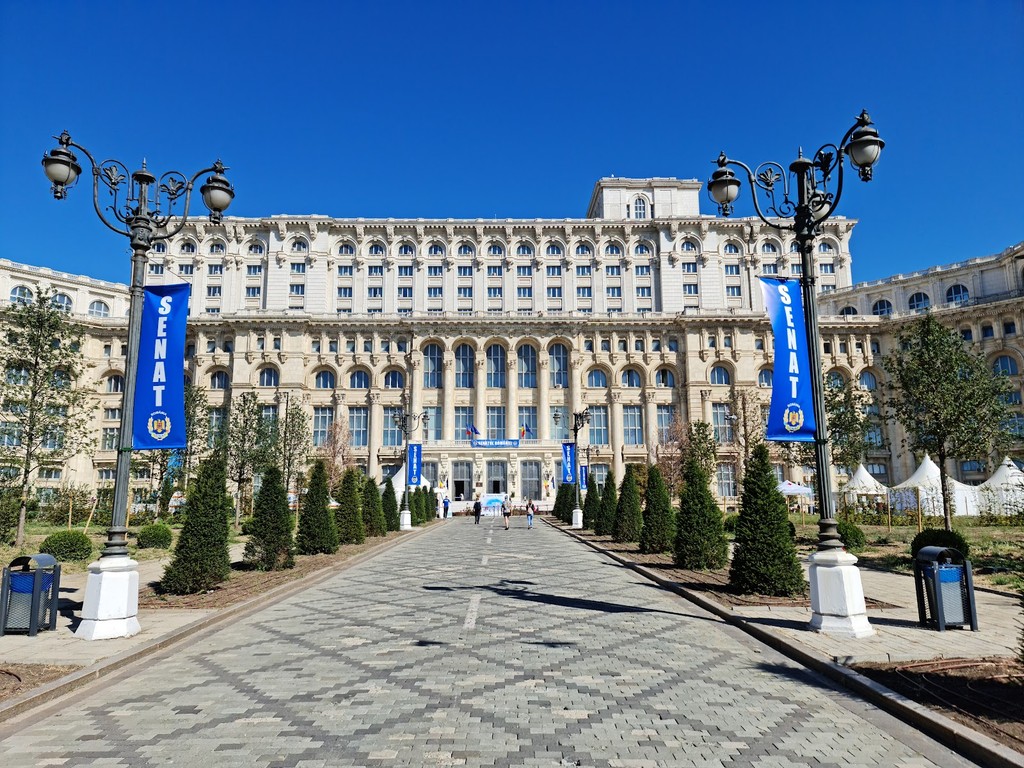
Palace of the Parliament (Source: Google Maps)
The Palace of the Parliament is a colossal structure that exemplifies Romania's communist past. Completed in 1997, it is the second largest administrative building in the world, showcasing the grandeur and ambition of the Ceaușescu regime. The building features neoclassical architecture with intricate details, including vast halls and opulent decor. It serves as a symbol of both the excesses and the historical complexities of Romania's political history. Visitors can explore its impressive interiors, which house parliamentary offices and a museum, providing insight into the country’s governance and architectural heritage.
National Museum of Romanian History
Located on Calea Victoriei, this museum offers a deep dive into the rich history and heritage of Romania, from ancient times to the modern era.
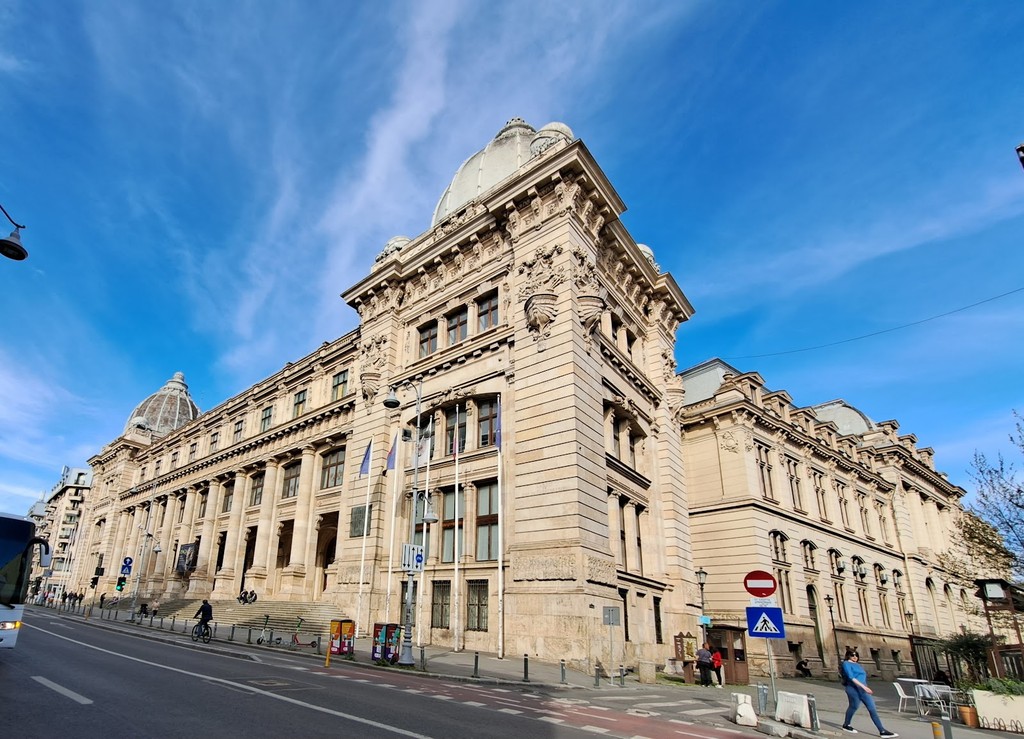
National Museum of Romanian History (Source: Google Maps)
The National Museum of Romanian History, located on Calea Victoriei, is a treasure trove of the nation’s heritage. It houses a vast collection of artifacts that trace Romania's history from ancient times through the medieval period to modern developments. The museum's exhibitions include important archaeological finds, historical documents, and cultural artifacts that reflect the diverse influences that have shaped Romania. Its architectural design is equally noteworthy, representing a blend of styles that echo the country’s historical evolution. The museum serves as an educational resource for understanding Romania's past.
Caru' cu Bere
A short walk away, Caru' cu Bere is a traditional Romanian restaurant known for its historic setting and delicious local cuisine, offering a perfect spot for a meal break.
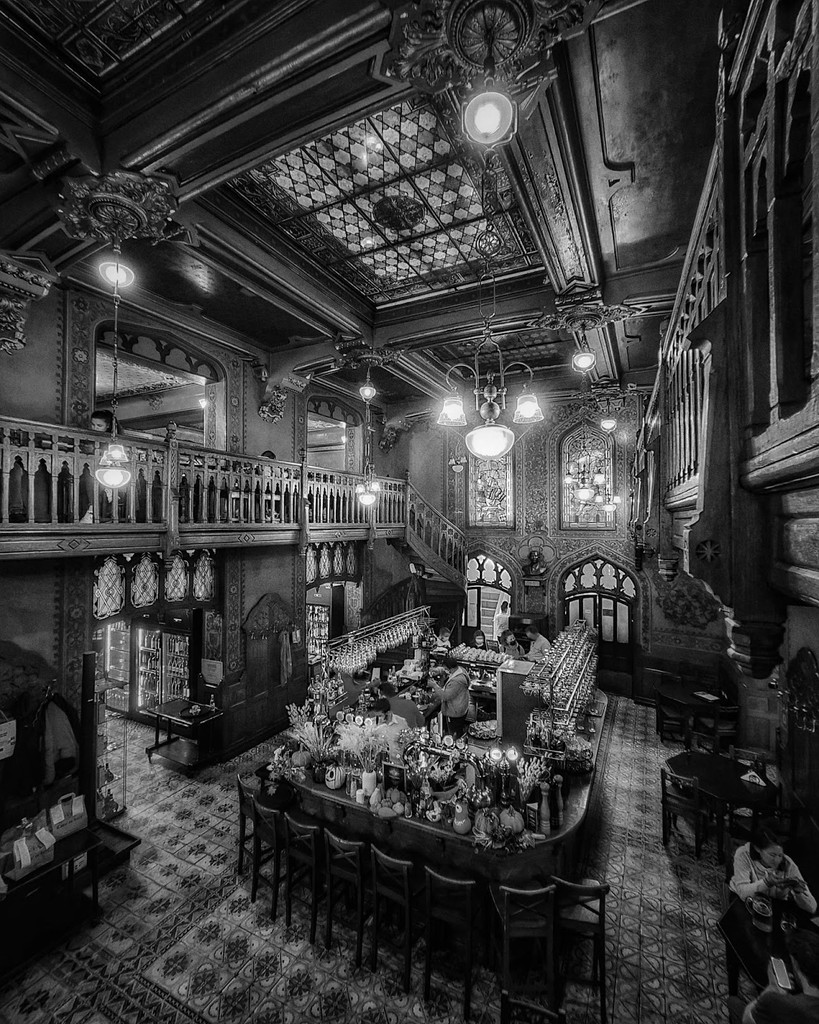
Caru' cu Bere (Source: Google Maps)
Lipscani District
Explore the vibrant Lipscani District, the heart of Bucharest's old town, with its eclectic mix of bars, cafes, and shops, reflecting the city's lively spirit.
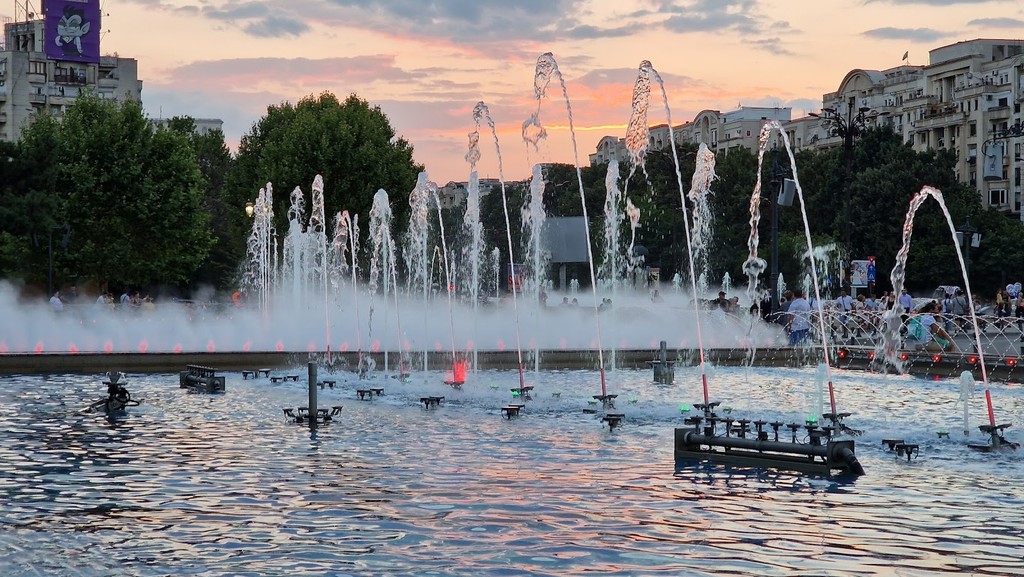
Lipscani District (Source: Google Maps)
The Lipscani District is the historic heart of Bucharest, known for its vibrant atmosphere and eclectic mix of architecture. This area is characterized by narrow streets lined with charming cafes, shops, and bars, reflecting the city’s lively spirit. Historically, Lipscani was a bustling commercial center, where merchants from various backgrounds converged. Today, it retains its cultural significance, hosting numerous events and festivals that celebrate Romanian traditions. Visitors can enjoy exploring its rich history while indulging in local cuisine and experiencing the dynamic nightlife.
The Romanian Athenaeum
A beautiful concert hall and a symbol of Romanian culture, the Athenaeum is a must-visit for its stunning architecture and historical significance.
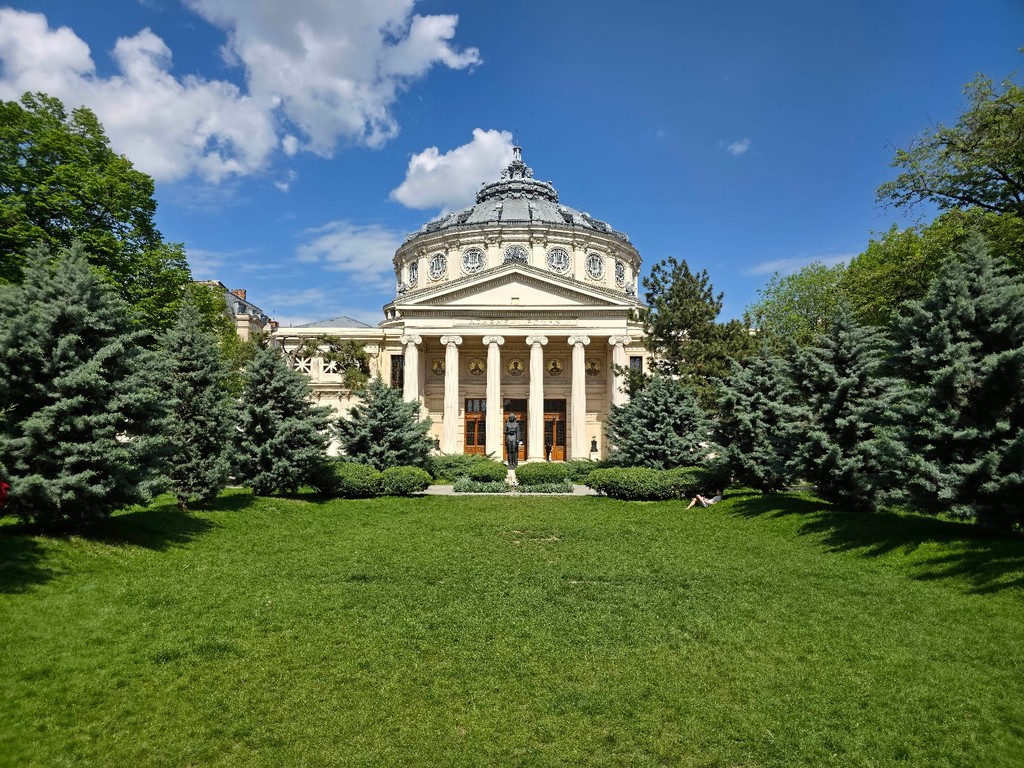
The Romanian Athenaeum (Source: Google Maps)
The Romanian Athenaeum is an architectural gem and a cultural symbol of Bucharest. This concert hall, completed in 1888, is renowned for its stunning neoclassical design, featuring a magnificent dome and intricate frescoes. It serves as the home of the George Enescu Philharmonic Orchestra and hosts various concerts and cultural events throughout the year. The Athenaeum is not only a venue for musical performances but also a place of historical significance, representing Romania's dedication to the arts and culture. Its beautiful interiors and rich acoustics make it a must-visit for music lovers.
Calea Victoriei
Head towards Calea Victoriei, a historic avenue lined with beautiful architecture, museums, and cultural institutions, ideal for soaking in the city's past and present.
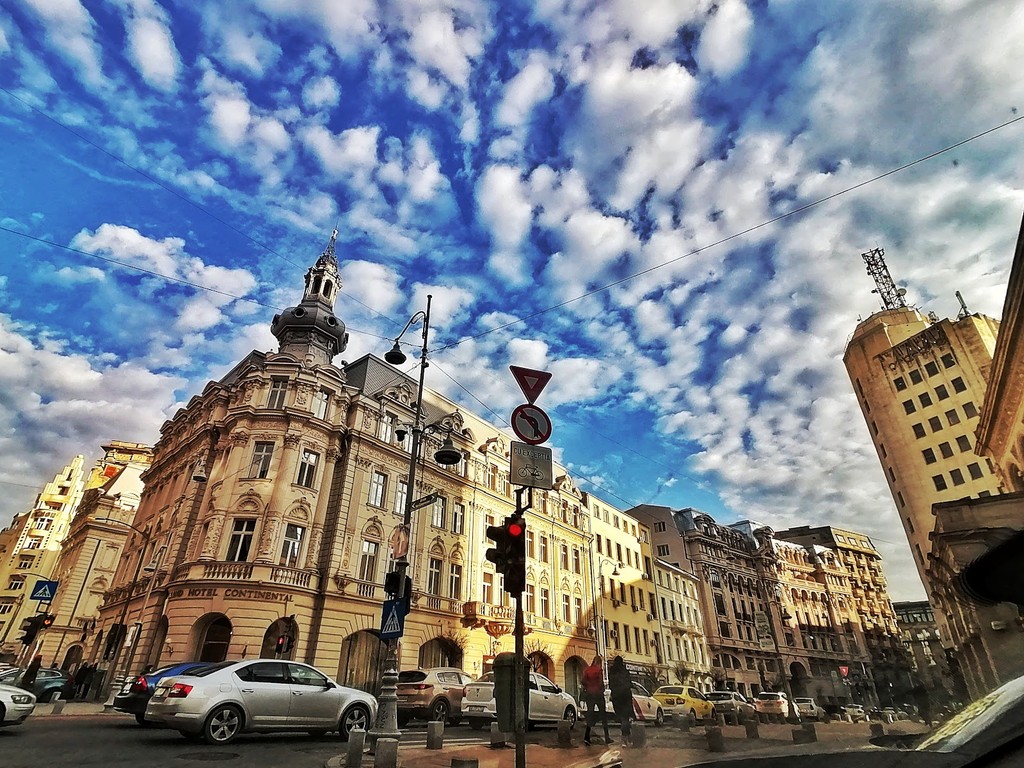
Calea Victoriei (Source: Google Maps)
Calea Victoriei is one of Bucharest's most important and historic avenues, lined with elegant architecture and cultural institutions. This historic street has witnessed significant events in Romanian history and is home to numerous landmarks, including museums, theaters, and shops. Walking along Calea Victoriei provides insight into the city’s architectural evolution, showcasing a blend of styles from neoclassical to modernist. It serves as a vital artery for the city, connecting key areas and offering a vibrant cultural experience for both locals and visitors.
Cismigiu Gardens
End your tour with a leisurely stroll through Cismigiu Gardens, Bucharest's oldest park, offering a peaceful retreat amidst the city bustle.

Cismigiu Gardens (Source: Google Maps)
Cismigiu Gardens is Bucharest's oldest public park, providing a serene escape from the urban bustle. Established in the mid-19th century, the park features beautiful landscapes, winding paths, and a picturesque lake. It is a popular spot for locals and tourists alike, offering opportunities for leisure and relaxation. The gardens are designed in a romantic style, with a variety of trees, flowers, and benches that invite visitors to unwind. Cismigiu Gardens also hosts cultural events and concerts, making it a vibrant part of Bucharest’s social life.

Your travels, your rules.
Create your own Free Walking Tours.
Set your preferences, distances and anything you want to do or see.
Completely free, no payment required.